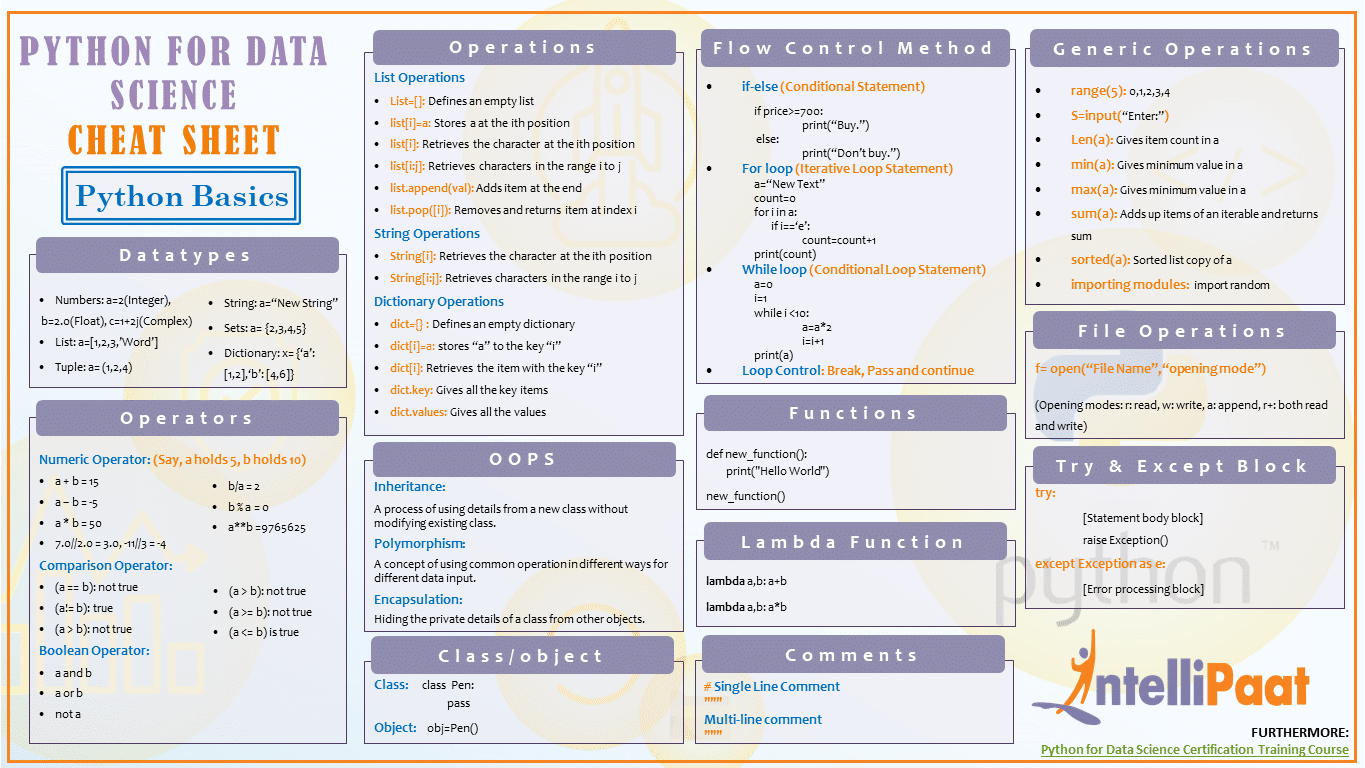I reproduce some of the plots from Rstudio’s ggplot2 cheat sheet using Base R graphics. I didn’t try to pretty up these plots, but you should.
Base R Plot Cheat Sheet
I use this dataset
R Regular Expression cheat sheet by Lise Vaudor; R Regular Expression cheat sheet; R Regular Expression cheat sheet (page 2) by RStudio; regexplain – interactive RStudio addin for regular expressions; Regular Expressions in R – Part 1: Introduction and base R functions; R Regular Expressions by Jon M. Calder in swirl. R Base Cheat Sheet by MacaSalva via cheatography.com/93894/cs/20700/ Tables of propor tions prop.t ab le(t) It sums up to 1 prop.t ab le(t, 2) Column -wise.
R Base Graphics Cheatsheet Joyce&Robbins,&joycerobbins1@gmail.com& Created Date: 3/7/2016 5:52:42 PM. R CHEAT SHEET We have given you the tools, the skills and the layout of the FUNdamentals 1 Routine in the 12 lessons provided. The core structure of the routine is here, however, you will need to add some “flair” to make it YOUR routine! Keep the following points in mind as you teach this 12 week course and ultimately set the routine: 1.
The main functions that I generally use for plotting are
- Plotting Functions
plot: Makes scatterplots, line plots, among other plots.lines: Adds lines to an already-made plot.par: Change plotting options.hist: Makes a histogram.boxplot: Makes a boxplot.text: Adds text to an already-made plot.legend: Adds a legend to an already-made plot.mosaicplot: Makes a mosaic plot.barplot: Makes a bar plot.jitter: Adds a small value to data (so points don’t overlap on a plot).rug: Adds a rugplot to an already-made plot.polygon: Adds a shape to an already-made plot.points: Adds a scatterplot to an already-made plot.mtext: Adds text on the edges of an already-made plot.
- Sometimes needed to transform data (or make new data) to make appropriate plots:
table: Builds frequency and two-way tables.density: Calculates the density.loess: Calculates a smooth line.predict: Predicts new values based on a model.

All of the plotting functions have arguments that control the way the plot looks. You should read about these arguments. In particular, read carefully the help page ?plot.default. Useful ones are:
main: This controls the title.xlab,ylab: These control the x and y axis labels.col: This will control the color of the lines/points/areas.cex: This will control the size of points.pch: The type of point (circle, dot, triangle, etc…)lwd: Line width.lty: Line type (solid, dashed, dotted, etc…).
Discrete
Barplot
Different type of bar plot
Continuous X, Continuous Y
Scatterplot
Jitter points to account for overlaying points.
Add a rug plot

Add a Loess Smoother
Loess smoother with upper and lower 95% confidence bands
R Base Graphics Cheat Sheet

Loess smoother with upper and lower 95% confidence bands and that fancy shading from ggplot2.
Add text to a plot
Discrete X, Discrete Y
Basic R Syntax Cheat Sheet
Mosaic Plot
Color code a scatterplot by a categorical variable and add a legend.
par sets the graphics options, where mfrow is the parameter controling the facets.
The first line sets the new options and saves the old options in the list old_options. The last line reinstates the old options.
This R Markdown site was created with workflowr
